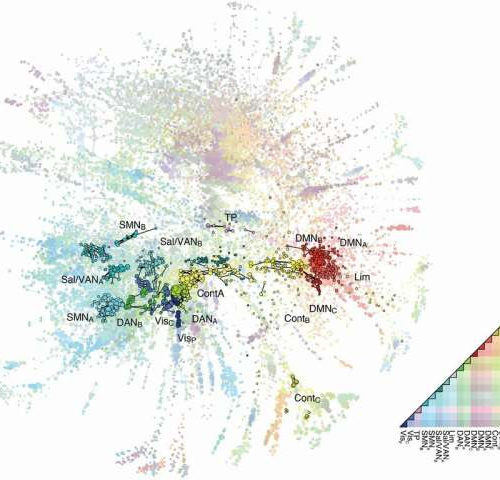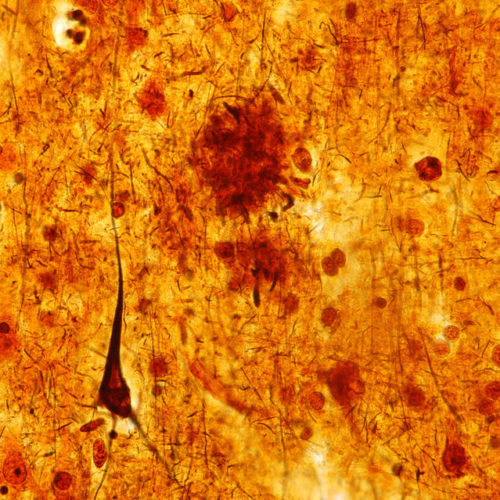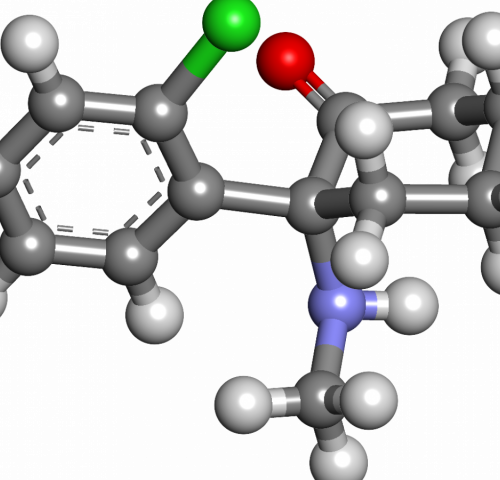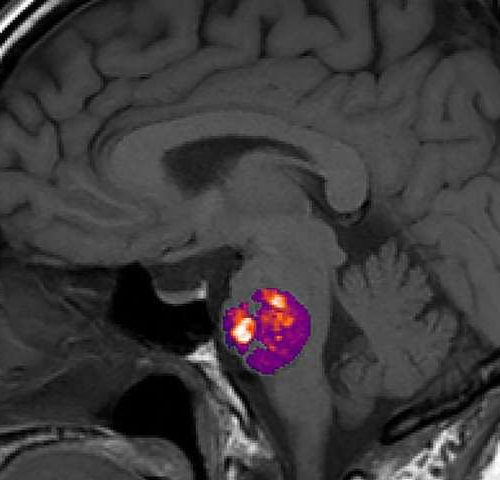INDIANA UNIVERSITY IMAGE: RICHARD BETZEL A team of Indiana University neuroscientists has built a new model of human brain networks that sheds light on how the brain functions. The model offers a new tool for exploring individual differences in brain networks, which is critical to classifications of brain disorders and disease, as well as for...
Tag: <span>brain disease</span>
New model of human brain ‘conversations’ could inform research on brain disease, cognition
by Indiana University This figure depicts the edge functional connectivity of the brain as a network. Every “point” represents coactivity between two regions of the brain, akin to a “conversation” in the brain. Points are connected according to one another when their conversations are similar. Credit: Joshua Faskowitz et al, Nature Neuroscience A team of Indiana University...
New Clues To ALS And Alzheimer’s From Physics
JON HAMILTON This light micrograph from the brain of someone who died with Alzheimer’s disease shows the plaques and neurofibrillary tangles that are typical of the disease. A glitch that prevents healthy cell structures from transitioning from one phase to the next might contribute to the tangles, researchers say. Jose Luis Calvo/ Science Source The...
High doses of ketamine can temporarily switch off the brain, say researchers
by University of Cambridge Wikipedia Researchers have identified two brain phenomena that may explain some of the side-effects of ketamine. Their measurements of the brain waves of sheep sedated by the drug may explain the out-of-body experience and state of complete oblivion it can cause. In a study aimed at understanding the effect of therapeutic...
Study ties stroke-related brain blood vessel abnormality to gut bacteria
by National Institutes of Health In a nationwide study, NIH funded researchers found that the presence of abnormal bundles of brittle blood vessels in the brain or spinal cord, called cavernous angiomas (CA), are linked to the composition of a person’s gut bacteria. Also known as cerebral cavernous malformations, these lesions which contain slow moving...
Researchers discover new genetic brain disease
by University of Manchester Manchester researchers have contributed towards the discovery of a genetic brain disease which can cause paraplegia and epilepsy in sufferers. Hereditary spastic paraplegias (HSP) are a group of genetic disorders that cause weakness and stiffness in the leg muscles. Generally symptoms gradually get worse over time, and severely affected patients are...
Could a drinkable drug cocktail reverse Alzheimer’s? Solution restored memories of mice and stopped the disease in its tracks
Tens of millions of people around the world suffer from Alzheimer’s Disease There is no cure, treatments are limited and more and more people are dying of the devastating brain disease Scientists at Yale University wanted to find a way to disrupt the early protein binding that leads to the disease They discovered that an old antibiotic in a...
Drugs in development for cancer may also fight brain diseases, including ALS
PARP inhibitors show promise in preventing toxic accumulations of brain disease proteins in Penn research study UNIVERSITY OF PENNSYLVANIA SCHOOL OF MEDICINE PHILADELPHIA – A class of cancer drugs called PARP inhibitors could be useful for treating and preventing brain disorders, including amyotrophic lateral sclerosis (ALS), also called Lou Gehrig’s disease, and some forms of...
One step closer to finding a cure for brain diseases
July 16, 2018, DGIST (Daegu Gyeongbuk Institute of Science and Technology) A research team led by Professor Jaewon Ko and Ji Won Um from Department of Brain and Cognitive Sciences identified a new principle of formation of brain synapses through synaptic binding protein complexes. Fig 1. Molecular model of PTPσ signaling pathways in heterologous synapse...
Dendritic Golgi as key cause of degenerative brain disease
Korean researchers have identified the early neuropathic mechanism of degenerative brain diseases A joint research team of DGIST (Daegu Gyeongbuk Institute of Science and Technology) have identified the early neuropathic mechanism of polyglutamine brain disease, one of the representative degenerative brain diseases, and suggested a way to restore. It is expected to accelerate the development...





